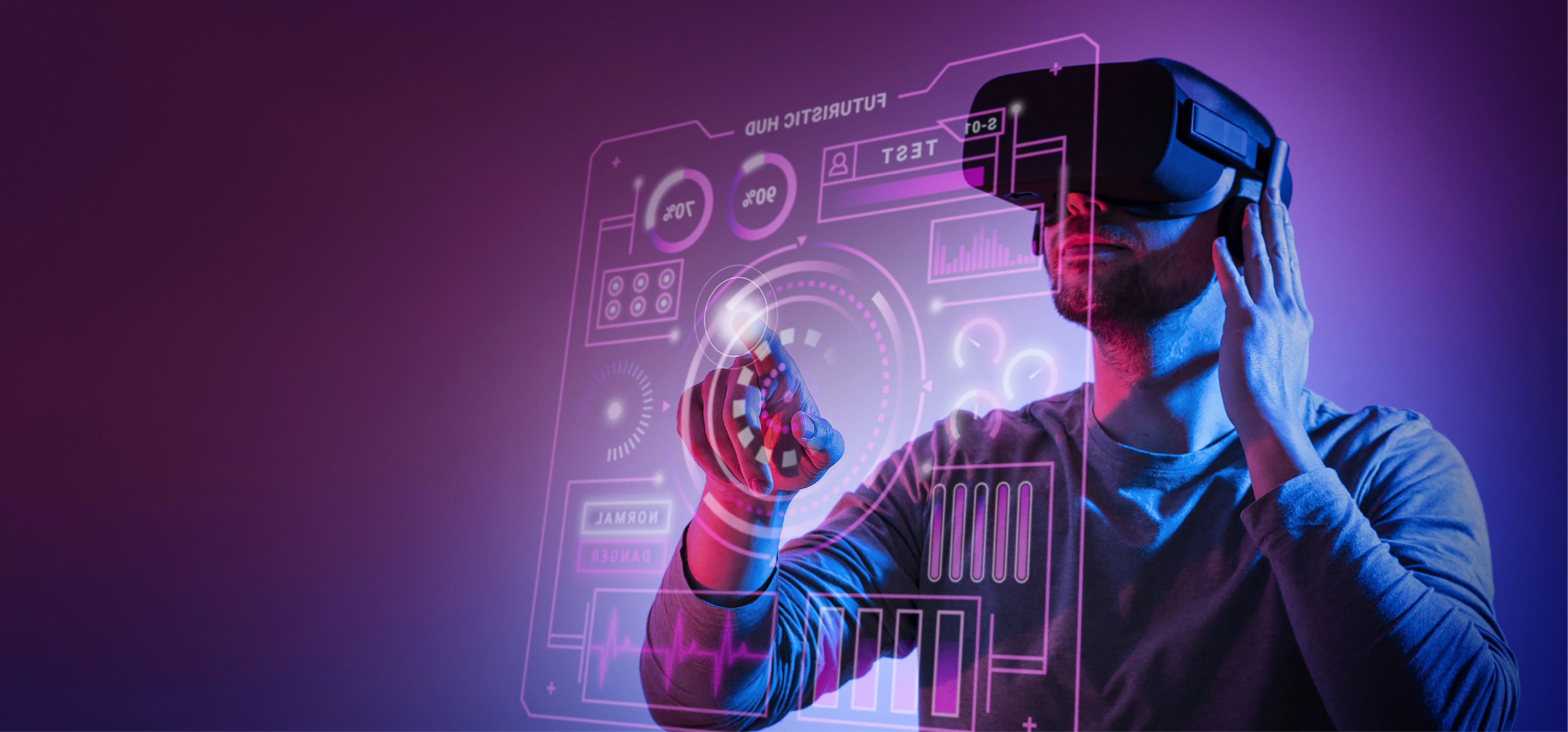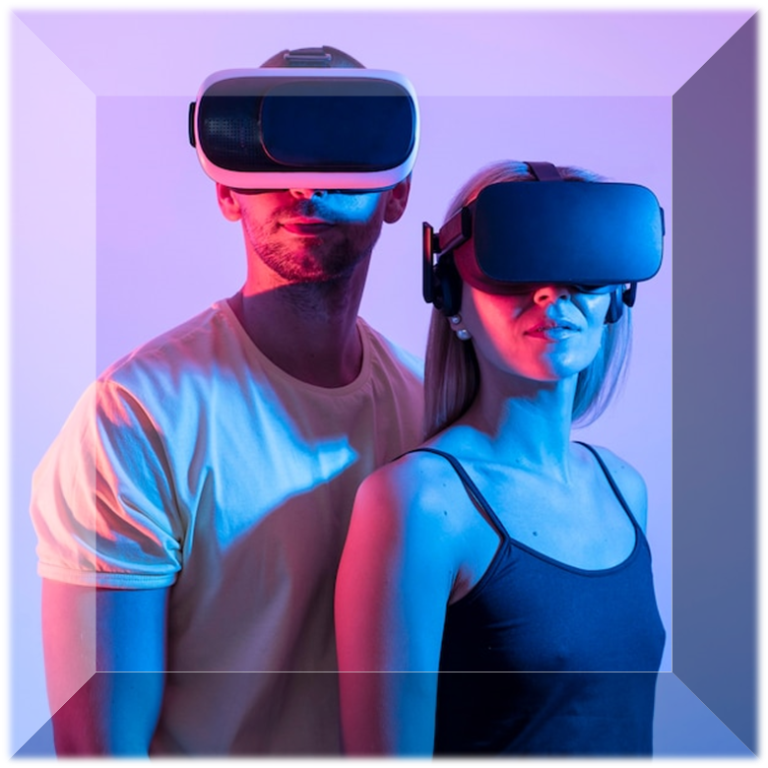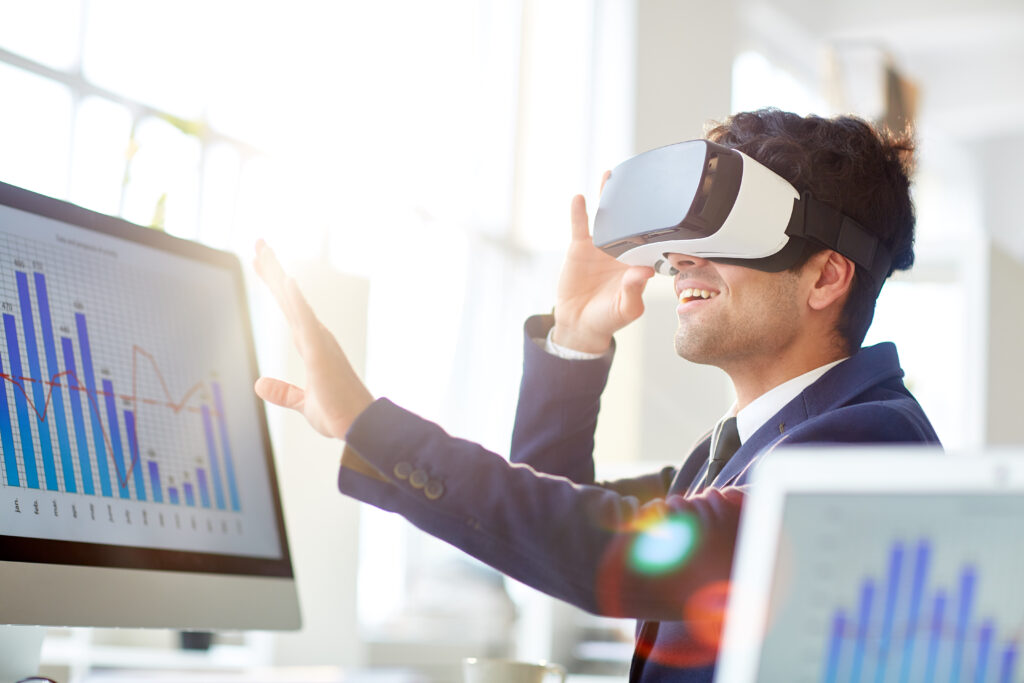
The role of the Dataverse in the Metaverse.
These two words per se already generate confusion, although each one represents a concept leveraged by two big names in the technology industry, respectively Microsoft and Meta (formerly Facebook), there is currently no single definition to describe what each one represents. However, the metaverse concept has a more developed level of conceptual definition compared to the Dataverse, which in practice has been with us for many more years than we imagine.
But, what is the Metaverse?
In essence, we can say that it alludes to “A virtually shared space, where interactions occur between individuals in a synchronous manner mediated by the Internet and specialized devices.” However, as Forbes mentions in its article “Defining The Metaverse Today“, the term will not be defined by a single person or company. That is, it will be a collective construct.
As we have been evidencing, the application is being enabled from communications, games, education, work, even the shopping experience in different brands.

And then the Dataverse is not the same?
The concept of dataverse, if we Google it, will bring as a result different points of view, without obtaining a formal definition of what it really is. In that sense, and based on several criteria, we can say that the Dataverse “is the system of data arising from the interactions made by people, companies, machines and all kinds of devices connected or not to the internet.” To give an example, each person throughout his life generates millions of data, in his academic history, physical and online purchases, social networks, browsing history and preferences, of the latter Google knows quite a lot about us 😉. However, all this data is scattered on different platforms and this is what we can call our Dataverse.

And what is the impact of one on the other?
It seems obvious, however, a very low percentage of companies are generating serious strategies to take advantage of this. It happens that, in the metaverse, we have a digital ecosystem for organizations and individuals that interact mainly with virtual and augmented reality (VR – AR) technologies and equipment, which allow us to have a better understanding of their behavior, but it implies that companies have well defined their model for generating value from data.
From CepoBIA we work hand in hand with clients, implementing the business intelligence and analytics model, from descriptive, through predictive and finally prescription analytics, which allows us to convert data into good decisions in an automated way.

Accompanied by this model and counting on a robust digital ecosystem, such as Microsoft 365, it is possible to get the most out of the data that will be generated in this context of digital immersion.
Surely you are thinking that all this, which sounds quite sophisticated, is far from the reach of small and medium-sized companies, however, and as we mentioned in another article “The Success of Small Data in Business Intelligence Consulting.” not all projects must be born as Big Data.
Author:
Juan Gabriel Sánchez
Project Manager




